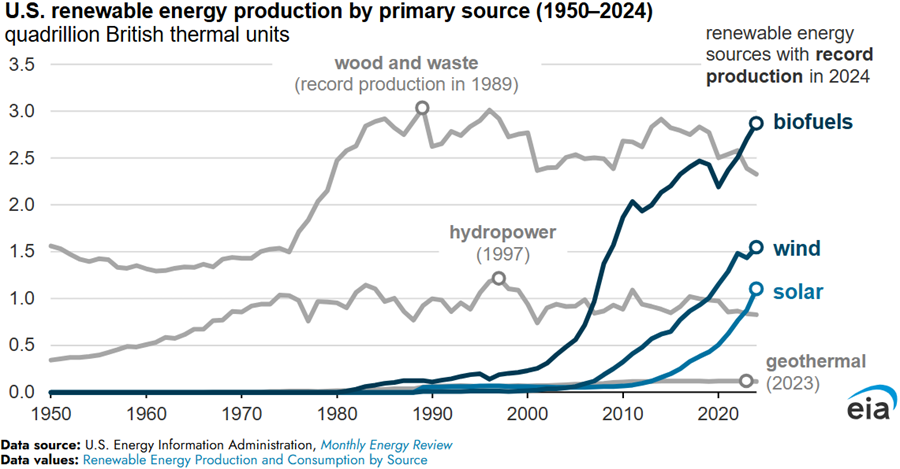U.S. Crude Production Decline: The U.S. Energy Information Administration (EIA) now forecasts a decline in U.S. crude oil production in 2026 to 13.37 million barrels per day, down from 13.42 million bpd this year, due to falling oil prices and a faster-than-expected drop in drilling activity. This marks the first time the agency has projected a year-over-year production decrease, contradicting President Donald Trump’s push for increased domestic energy output. The report reflects broader concerns that the U.S. shale boom may have peaked, amid lower oil prices caused by eased OPEC+ supply restrictions and global economic uncertainty. Meanwhile, global oil output is still expected to grow, with Brent and WTI crude prices projected to fall further in 2026.
API Inventories: On Tuesday, the API forecasted a crude inventory draw of 0.4 mmbbls for the week ended June 6th, and a draw of 0.7 mmbbls at Cushing. Reuters forecasts a 2.0 mmbbls crude draw from inventories. The API expects gasoline build of 3.0 mmbbls, and distillate build of 3.7 mmbbls. Reuters expects a gasoline build of 0.9 mmbbls and a distillate build of 0.8 mmbbls.
EU Russian Sanctions: The European Commission has proposed their 18th sanctions package against Russia, targeting its energy revenues, banks, and military industry, with new measures including a ban on transactions related to the Nord Stream pipelines and additional Russian banks. The proposal includes a full transaction ban on 22 Russian banks and restrictions extending to third-country institutions, as well as sanctions on the Russian Direct Investment Fund and its affiliates. A key component of the package is a proposed reduction of the G7 price cap on Russian crude oil from $60 to $45 per barrel, along with further restrictions on oil imports and Russia's shadow fleet. Commission President Ursula von der Leyen emphasized that Russia only responds to strength, while RDIF head Kirill Dmitriev criticized the EU's stance as prolonging the conflict.
Market Overview: Oil prices are rising again to a seven-week high as progress in U.S.-China trade negotiations and tensions with Iran supported market sentiment. U.S. West Texas Intermediate crude increased by 96 cents, or 1.5%, to $65.94 a barrel. While a trade framework between the U.S. and China reduced some downside risk, uncertainty remains over the impact on global economic growth and oil demand. Additional support for prices came from falling U.S. crude inventories and expectations that rising demand within OPEC+ nations could offset their planned production increase.

Biofuels, wind, and solar production each set records in 2024, contributing to recordtotal renewable energy productionin the United States. In 2024,U.S. total biofuels production, which includesethanol,renewable diesel,biodiesel, andother biofuelssuch assustainable aviation fuel(SAF), was a record 1.4 million barrels per day, up 6% from previous records set in 2023.In 2024 U.S. solar and wind production increased by 25% and 8%, respectively, as newgenerators came online. Output from other energy sources that are primarily used for electric power generation either peaked decades ago (hydropowerandnuclear) or fell slightly from their 2023 values (geothermal). EIA.

